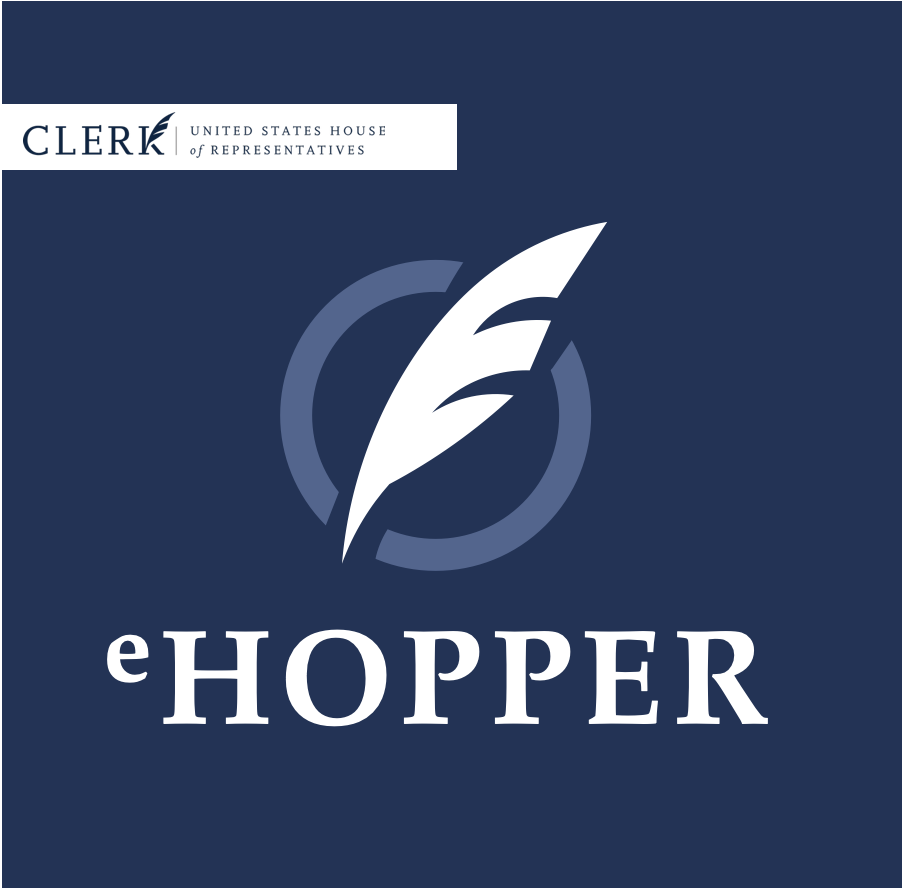Fresh Eyes on Congressional Modernization
POPVOX Foundation Interns take stock of recent Congressional innovations
POPVOX Foundation research intern, Ian Chenoweth, is helping to launch a new “LegisTech”* series on legislative technology, with reviews and updates on new tools in use in the U.S. House of Representatives.
Congressional technologies are rarely ever public-facing or heavily promoted, meaning many Americans rarely are aware of new innovations. Headlines often prioritize legislation over the processes required for it to be drafted and introduced. Rep. McMorris-Rogers [R, WA] explained it well in 2016, when she stated that Congress is “a 19th Century institution often using 20th Century technology to respond to 21st Century problems.”
Over the past few weeks, while researching recent innovations, I have come to find out that that is not entirely the case anymore.
One of my first projects as a POPVOX Foundation summer intern was to research some of the new technology Congress has developed and deployed since the beginning of the pandemic. These include: the eHopper in the House of Representatives, Quill in both the House and Senate, and several others.
Initially I was confused. Why was it such a big deal to have online bill submission in the House if the private sector has been electronically submitting documents for decades? Why was a new e-signature platform groundbreaking when other private platforms have been doing the same thing since the E-Sign Act was signed in 2000?
The answer is that these are all examples of Congress embracing the spirit of modernization like never before. Some efforts began before Covid but development and adoption was accelerated due to the challenges of the pandemic. Processes deeply rooted in tradition are being re-examined and updated so that our 19th Century institution can start using more 21st Century technology and processes to keep up with the demands of a modern society.
For an intern like me who is just beginning to enter the workspaces adjacent to Congress, this is incredibly exciting. Seeing Congress eager to face whatever challenges may await it as this technology-focused century continues to unfold is inspiring, even if the first steps on that journey are electronic signatures and document submission.
Amplifying and highlighting the work that is done largely behind the scenes for the sake of bettering the institution is an important task, which is why the POPVOX Foundation is starting a new series on Legislative Technology, the new tools the Legislative Branch is using to perform their day-to-day tasks more efficiently. Being able to research and highlight the amazing work that is going on behind the scenes and pull back the curtain on things Congress is doing to better themselves as an institution will be an amazing opportunity. My hope is that through this research, others will have the ability to expand their understanding of the growing technological functionality of Congress as I learn about it through research.
“Initially I was confused. Why was it such a big deal to have online bill submission in the House if the private sector has been electronically submitting documents for decades? Why was a new e-signature platform groundbreaking when other private platforms have been doing the same thing since the E-Sign Act was signed in 2000?”
It is easy to focus only on the big stories and controversial headlines that come out of Congress, but the work by the House Select Committee on the Modernization of Congress, the Modernization Staff Association, the Senate Sergeant at Arms, House Chief Administrative Officer, the Office of the Clerk and many other groups and individuals to continually uplift, update, and strengthen the Legislative Branch deserves attention as well.
I am very much looking forward to working on this project and eagerly waiting to see what kind of great innovation has been going on behind the scenes, largely out of the public eye.
Check out the first entries in the LegisTech series:
Ian is a senior undergraduate student at Valparaiso University, majoring in Political Science with a concentration in Public Policy and Administration and minoring in French.




